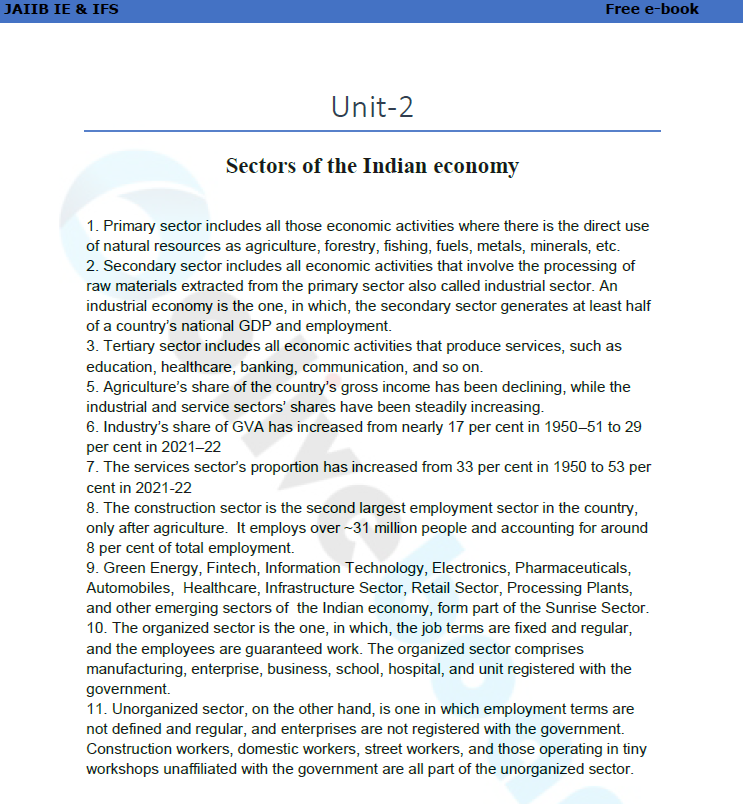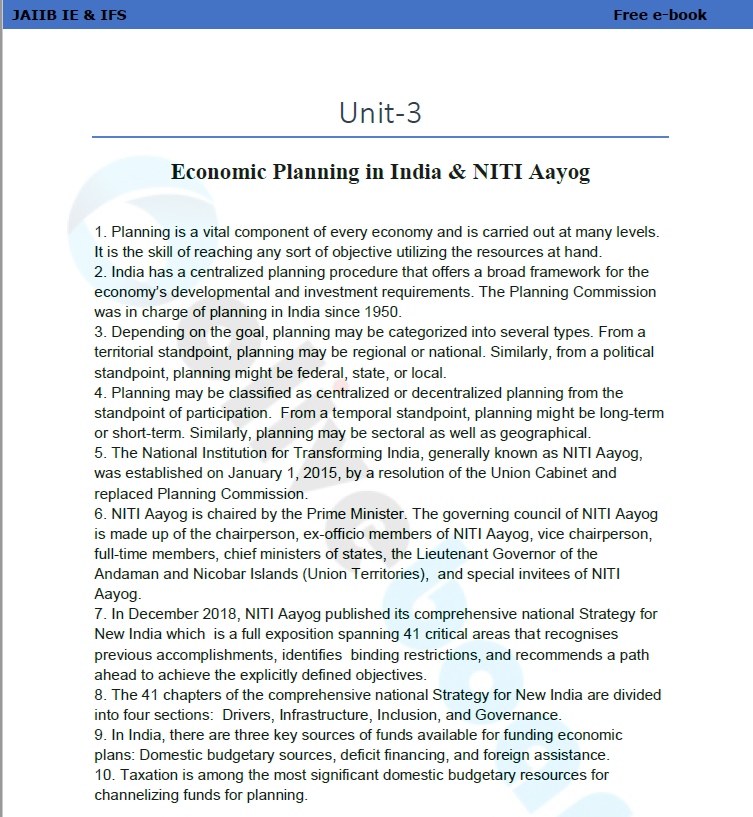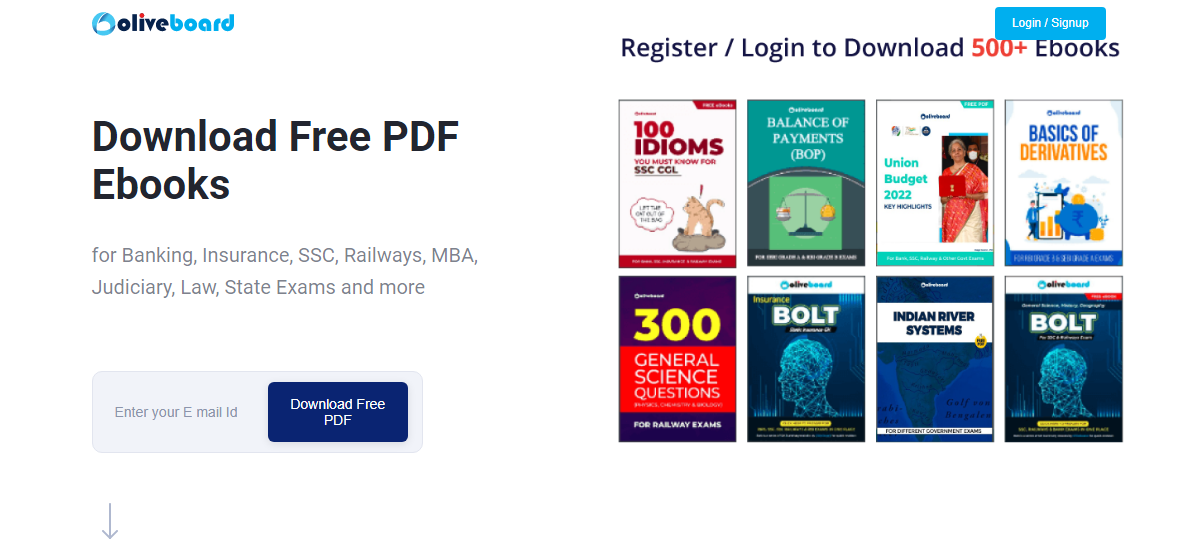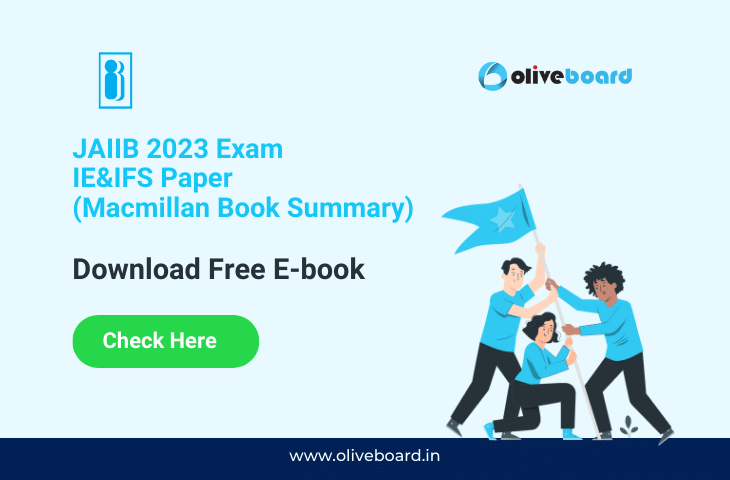JAIIB 2023 Exam IE&IFS Paper
JAIIB 2023 Exam IE&IFS Paper – The Junior Associate of Indian Institute of Bankers (JAIIB) is a professional certification program for banking professionals in India. It is conducted by the Indian Institute of Banking and Finance (IIBF) to enhance the knowledge and skills of banking professionals and help them in their career growth. The JAIIB exam consists of three papers, one of which is the Indian Financial System (IFS) and International Banking (IE) paper. This paper covers various aspects of the Indian financial system, including the role of the Reserve Bank of India, commercial banks, non-banking financial institutions, and financial markets. To help aspirants prepare for this paper, Macmillan Publishers has published a comprehensive study material that covers all the topics of the IFS and IE paper in detail. This E – book provides a thorough understanding of the Indian financial system and is an essential resource for those appearing for the JAIIB 2023 exam.
JAIIB 2023 Exam IE&IFS Paper – Download Free E-book
JAIIB 2023 Exam IE&IFS Paper – Free E-book
This e-book on the IFS and IE paper is a comprehensive study material that covers all the topics of the paper in detail. It is designed to provide a thorough understanding of the Indian financial system and its various components, including the Reserve Bank of India, commercial banks, non-banking financial institutions, and financial markets. This e-book is an essential resource for those appearing for the JAIIB 2023 exam and is available in a convenient digital format for easy access and study.
JAIIB 2023 Exam IE&IFS Paper – E-book Sneak Peak


JAIIB 2023 Exam IE&IFS Paper
1. In terms of GDP purchasing power parity (PPP), India ranked 3rd in the world only after USA and China (IMF WEO April 2022).
2. According to the Angus Maddison database, India an
d China contributed 50.5 per cent of global GDP in 1000 AD.
3. As per the work of Cambridge economist Angus Maddison, India’s share of global income was 23 per cent in 1600 A.D., but, by the time the British left in 1947, it had shrunk to only 3 per cent.
4. The British East India Company, ignored industrialization in the nation, and infrastructure was created not to industrialize India, but to exploit its raw materials.
5. India accounted for 33 per cent of global trade in 1600 but fell to less than 3 per cent in 1947.
6. The pre-independence period was characterized by near-stagnation, with little change in the organization of production or productivity levels.
7. As per the World Bank classification, Indian economy is a lower-middle income economy, which is attributed to low per capita income, high levels of poverty, unemployment and illiteracy.
8. Following independence and the start of the planning process, agriculture’s share decreased, while the shares of industry and services increased.
9. During the time of direct British control from 1858 to 1947, the colonial government’s official transfers of monies to the United Kingdom were referred to as “Home Charges”.
10. India’s growth rate was slow (3.5 per cent) during the first three decades after independence. In 1978, Professor Raj Krishna coined the phrase “Hindu rate of growth” to describe the slow growth of the Indian economy.
11. Following the 1991 economic crisis, the implementation of reforms and the adoption of LPG (Liberalisation–Privatisation–Globalisation) policies paved the way for positive economic outcomes and higher GDP growth rates.
12. According to the provisional estimates of annual national income, 2021-22, the growth in GDP during 2021-22 is estimated at 8.7 per cent, as compared to a contraction of 6.6 per cent in 2020-21.
13. The COVID-19 pandemic disrupted global supply chains, shipping, and logistics, as well as affecting the Indian economy through mass lockdown, loss of life, and destruction in permanent demand.
E-Book Download
Here is step by step guide to download the E-book is given below.
Steps to Download Free E-Book
Step 1: Click on the download link. You will be redirected to Oliveboard’s FREE E-Books Page.

Step 2: Create a free Oliveboard account or login using your existing Oliveboard account details
Step 3: Download the book by clicking on the link presented on the page.
- Indian Bank Recruitment 2025 Out for 1500 Apprentice Posts
- Indian Bank Apprentice Salary 2025, Pay Scale, Salary Structure
- Indian Bank Apprentice Syllabus & Exam Pattern 2025, Check Details
- Railway RPF Syllabus 2024, Check Exam Pattern, Topic And Syllabus
- SSC JE vs RRB JE, Which Is Better? Know Detailed Comparison
| CDS 1 Result 2023 Out | 12th Pass Govt Jobs for Females 2023 |
| Assam Direct Recruitment Result 2023 | Assam Direct Recruitment Result 2023 |
| BEL Recruitment 2023 | CTET Selection Process 2023 |

Hello there! I’m a dedicated Government Job aspirant turned passionate writer & content marketer. My blogs are a one-stop destination for accurate and comprehensive information on exams like Regulatory Bodies, Banking, SSC, State PSCs, and more. I’m on a mission to provide you with all the details you need, conveniently in one place. When I’m not writing and marketing, you’ll find me happily experimenting in the kitchen, cooking up delightful treats. Join me on this journey of knowledge and flavors!
